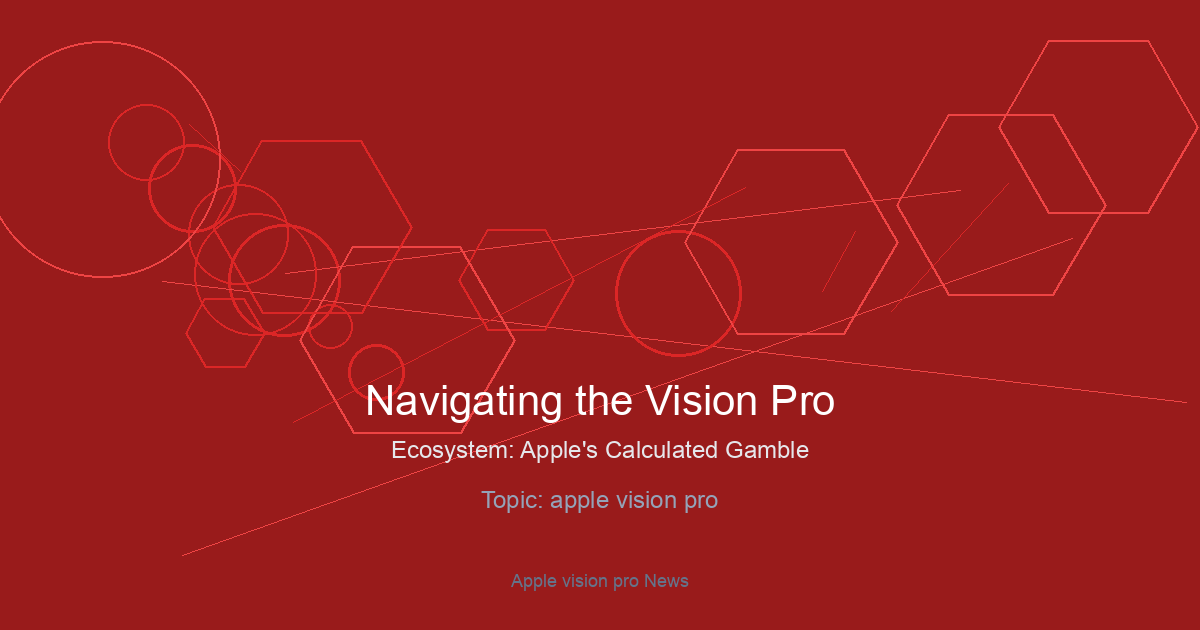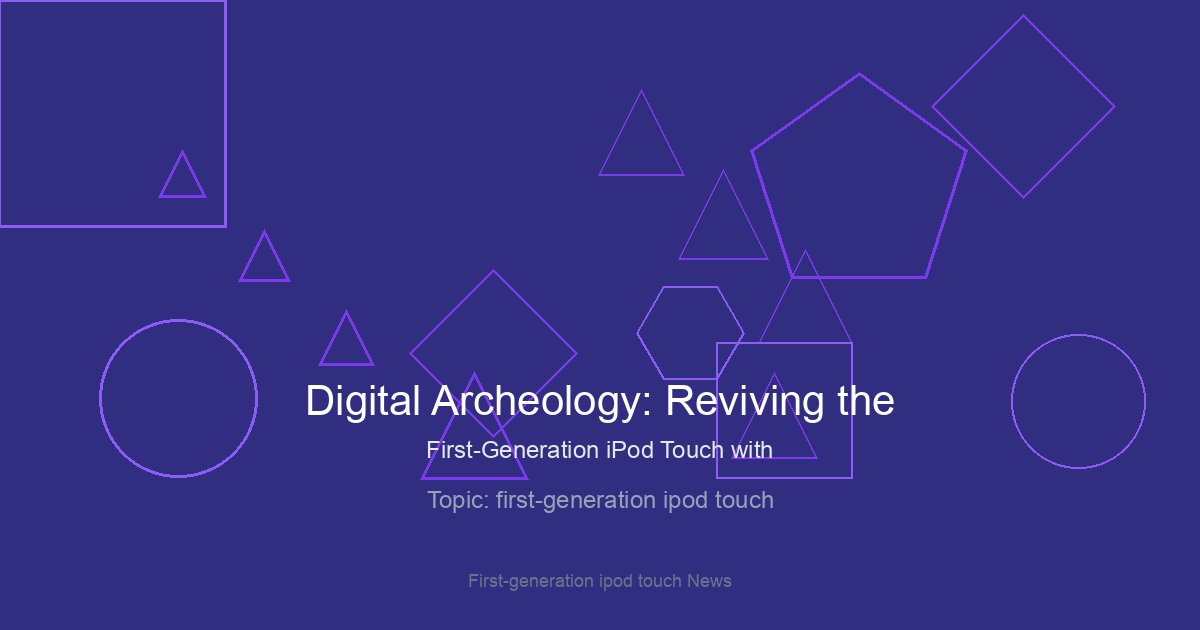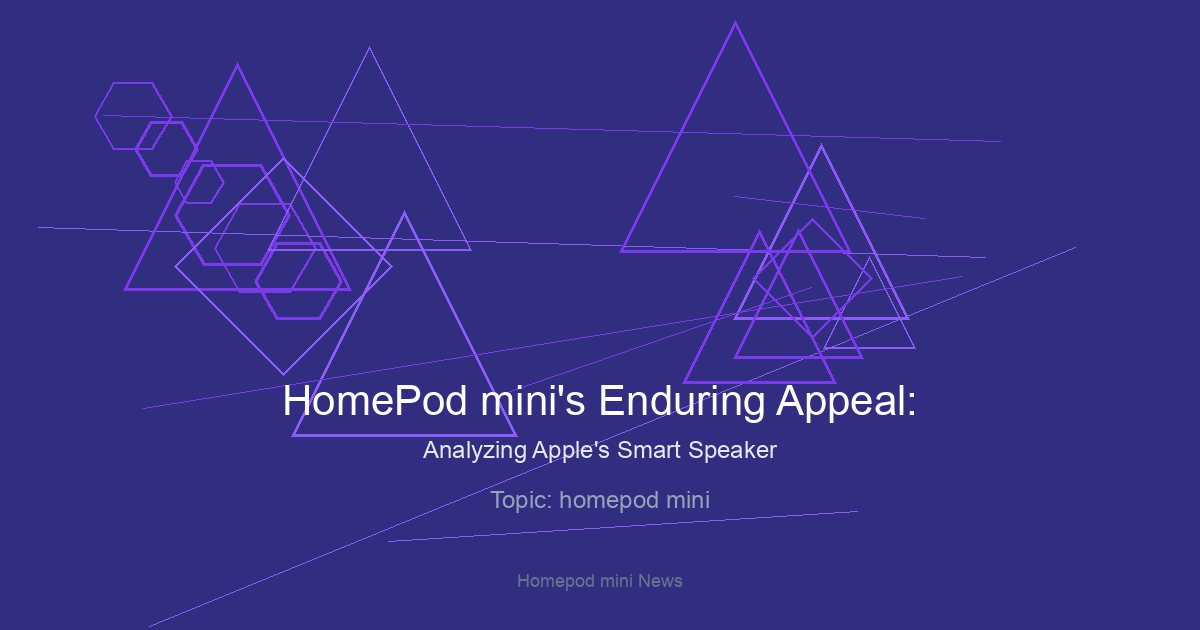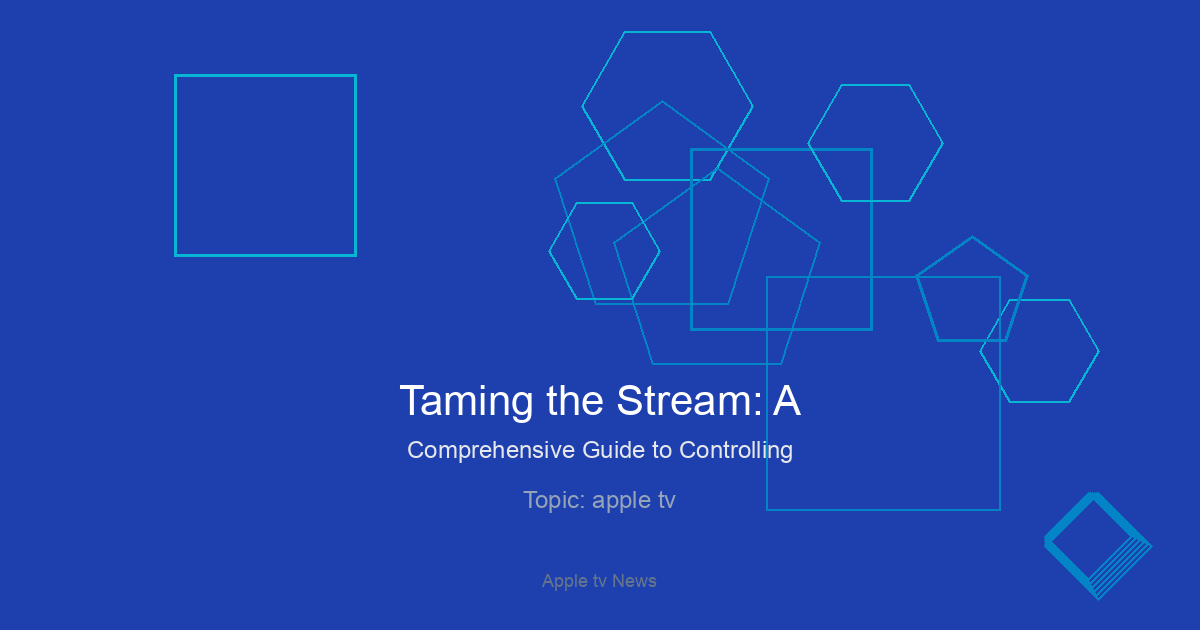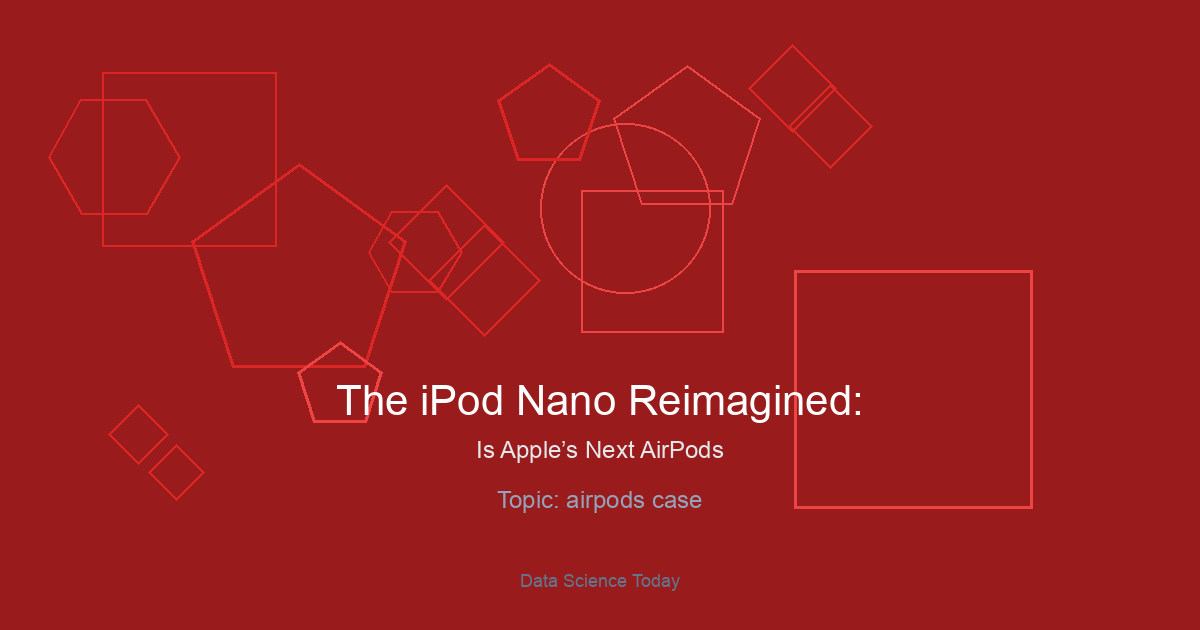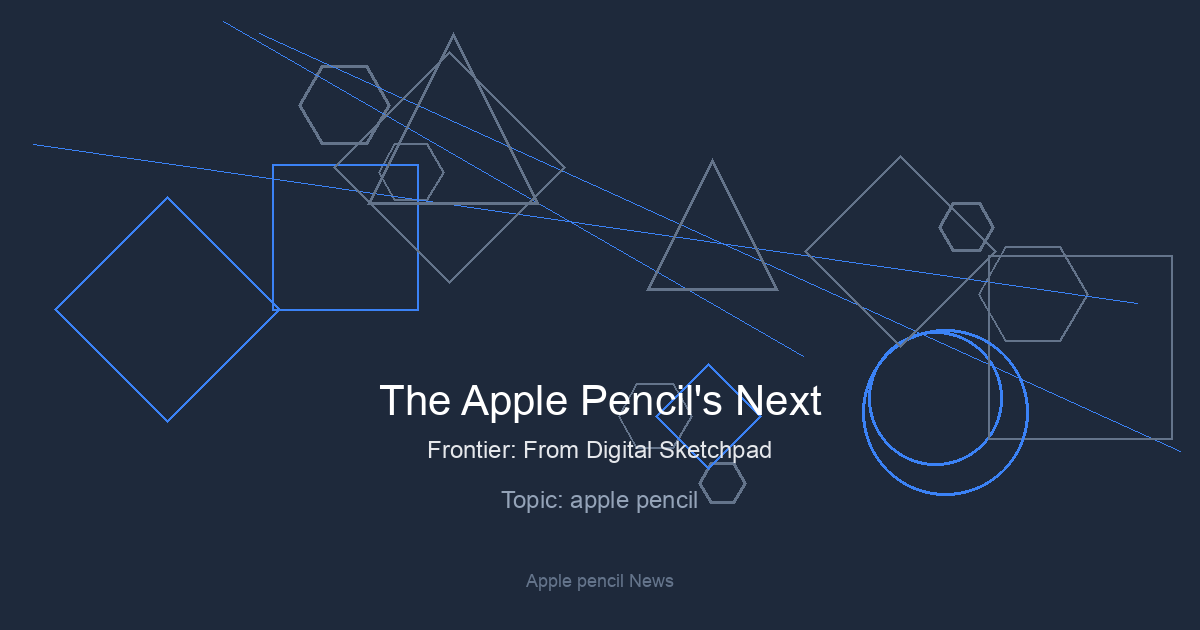When Apple unveiled the Vision Pro, it wasn’t just launching a new product; it was firing the starting pistol on the era of mainstream spatial computing. Positioned as a revolutionary device, its high price point and advanced capabilities firmly placed it in the hands of early adopters and developers. However, the latest wave of Apple Vision Pro news suggests a significant strategic evolution is underway. Rather than focusing on an immediate high-end successor, Apple appears to be recalibrating its approach, aiming for a broader, more accessible future for augmented reality. This calculated pivot involves a two-pronged strategy: developing a more affordable mixed-reality headset and, more profoundly, creating lightweight, all-day smart glasses. This shift isn’t an admission of failure but a classic Apple playbook move, signaling a long-term vision to weave AR into the fabric of our daily lives and deeply integrate it within the ever-expanding Apple ecosystem.
Deconstructing Apple’s Apparent Strategy Shift in Spatial Computing
Understanding Apple’s next steps requires looking at the Vision Pro not as the final destination, but as the foundational first step. The company is reportedly reallocating resources to tackle the two biggest hurdles for spatial computing adoption: price and form factor. This strategic realignment points toward a future with multiple tiers of AR devices, designed for different users and use cases.
The Vision Pro: A Foundation, Not the Final Form
The Apple Vision Pro is an engineering marvel, a “Version 1.0” product designed to showcase the absolute peak of what’s possible in a consumer mixed-reality headset. Its micro-OLED displays, powerful M2 and R1 chips, and intuitive hand-and-eye tracking set a new industry standard. However, its $3,499 price tag and physical weight make it a niche product. This strategy is reminiscent of historical iPod news; the original iPod Classic was a premium, groundbreaking device that established a market. It was only after this foundation was laid that Apple introduced the more accessible iPod Mini, Nano, and Shuffle, which ultimately drove mass adoption. The current buzz, far from being a sign of trouble, suggests we are witnessing a similar product diversification strategy, making any talk of an iPod revival news cycle feel thematically relevant to Apple’s current AR plans.
The Two-Pronged Approach: A Codenamed Future
The emerging roadmap suggests two distinct paths forward, each targeting a different segment of the market. The first is a more cost-effective version of the Vision Pro, internally codenamed “N109.” The goal here is to retain the core spatial computing experience but make it accessible to a wider audience, potentially by using less expensive components, a simpler headband design, or perhaps relying more on a paired iPhone for processing power. This would directly address the primary barrier to entry for most consumers.
The second, and arguably more ambitious, project involves true AR smart glasses. These are envisioned as a completely different class of device—lightweight, stylish, and designed for all-day wear. Unlike the immersive Vision Pro, these glasses would focus on providing glanceable information, notifications, and context-aware assistance. This product would function less as a standalone computer and more as an intelligent, heads-up display for the iPhone, representing a major evolution in the Apple ecosystem news narrative.
A Tale of Two Devices: A Technical Deep Dive into Apple’s AR Future
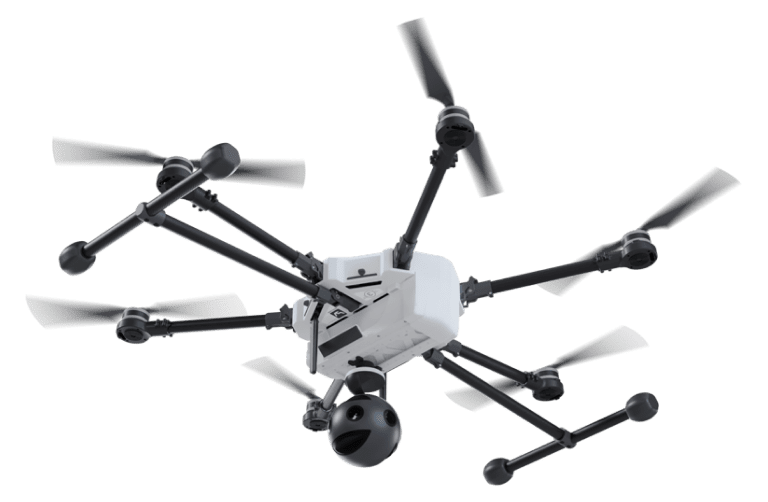
The engineering challenges for these two rumored devices are vastly different, requiring unique solutions in processing, display technology, and user interaction. Each represents a distinct vision for how humans will interact with digital information overlaid on the physical world.
The “Cheaper” Vision Headset: Engineering for Accessibility
To bring the cost of a Vision-style headset down, Apple would need to make strategic technical trade-offs without compromising the core experience. This could involve several key changes:
- Display Technology: The dual 4K micro-OLED displays are a major cost driver in the current Vision Pro. A more affordable model might use lower-resolution panels or a different display technology altogether, while still aiming for a best-in-class visual experience for its price point.
- Processing Power: While the M2 chip provides laptop-class performance, a cheaper model could potentially use a high-end A-series chip, like those found in the latest iPhones. This would align with recent iPhone news showcasing the incredible power of Apple’s mobile silicon. The dedicated R1 chip for sensor processing might also be simplified or integrated elsewhere.
- Sensors and Cameras: The existing model is packed with a complex array of cameras and sensors for tracking and passthrough. Apple could reduce the number of sensors, slightly impacting the fidelity of hand tracking or environmental mapping to save costs. Future iOS updates news for visionOS would need to be optimized for this new, more streamlined hardware.
The Smart Glasses: The Ultimate iPhone Accessory
The technical hurdles for creating lightweight, all-day smart glasses are immense. This device would be the culmination of decades of work across multiple Apple product lines.
- Power and Connectivity: To maintain a slim profile, the glasses would almost certainly offload most of their processing and connectivity to a paired iPhone, a model proven successful by the first-generation Apple Watch. This makes the glasses a satellite device, extending the iPhone’s interface to your face. This deep integration is a recurring theme in Apple Watch news.
- Display and Input: The biggest challenge is the display. Technologies like waveguide displays or laser projection could be used to overlay information onto the lenses without obstructing vision. Input would likely move beyond the complex hand tracking of the Vision Pro. Voice commands will be critical, making advancements in Siri news essential for a seamless experience. We could also see new forms of interaction, perhaps via a small wearable ring or a subtle controller, which would be a fascinating development in the speculative Vision Pro wand news space.
- Audio Integration: Audio will be a key component, delivering notifications and information privately. The technology would likely build on the expertise gained from the AirPods lineup, integrating advanced spatial audio and beamforming microphones. This makes ongoing AirPods news, including updates for AirPods Pro news and AirPods Max news, directly relevant to the development of this new product category.
The Ecosystem Effect: How New AR Hardware Will Reshape Apple’s Universe
The introduction of these new devices won’t happen in a vacuum. Their primary strength will be their deep, seamless integration into Apple’s existing ecosystem of hardware, software, and services, creating powerful new user experiences.
A Symbiotic Relationship with iPhone, Watch, and Health
The smart glasses, in particular, would exist in a symbiotic relationship with other Apple devices. Imagine receiving navigation prompts directly in your field of view while your iPhone stays in your pocket. Health and fitness tracking could be revolutionized; key metrics from your Apple Watch could be displayed during a run, providing real-time feedback. This potential for innovation is a constant driver of Apple health news. Of course, a device that is always “seeing” raises significant questions. Apple’s staunch commitment to on-device processing and user control, a cornerstone of Apple privacy news and iOS security news, will be more critical than ever to build consumer trust.

Redefining Entertainment and Productivity
These devices will unlock new paradigms for both work and play. A cheaper Vision headset could become the ultimate personal entertainment device, offering an immersive way to watch content from Apple TV+. This could be a major talking point in future Apple TV marketing news. For productivity, AR glasses could enable users to create a virtual iPad vision board news-style workspace anywhere, or interact with 3D models using a future version of the Apple Pencil, making the concept of Apple Pencil Vision Pro news a reality. Smart home control could also become more intuitive, allowing users to adjust a HomePod’s volume with a glance or a gesture, adding a new dimension to HomePod news and HomePod mini news.
The Developer and Accessory Marketplace
A broader user base for AR will ignite the developer community, leading to an explosion of new apps and experiences built on Apple’s ARKit. This will also create a vibrant new market for accessories. We can expect a flood of Apple accessories news, from custom prescription lens inserts and designer frames for the smart glasses to new controllers and carrying cases for the headset. This expands upon the current market for Vision Pro accessories news, making it a much larger and more diverse category. Even data from devices like AirTags could be integrated, with glasses potentially showing you the direction of your lost keys, creating new synergy in AirTag news.
The Path to Mainstream: Navigating Challenges and Seizing Opportunities
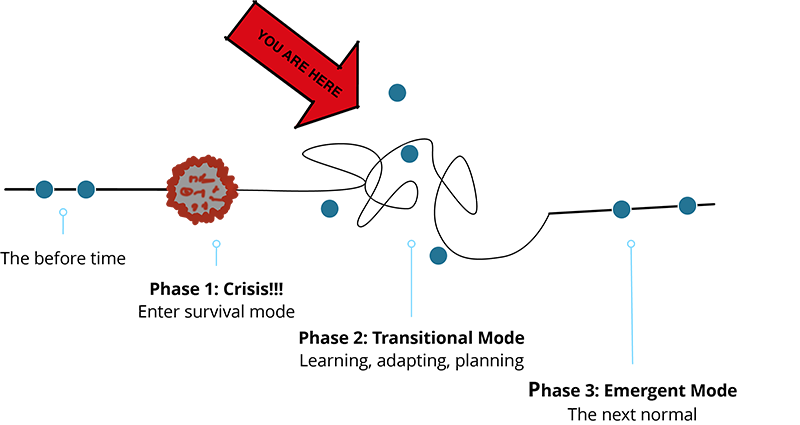
While the vision for an AR-powered future is compelling, the road to mass adoption is paved with significant challenges that Apple must overcome. Success will depend on balancing technological innovation with social and practical considerations.
Overcoming Hurdles: From Social Acceptance to Battery Life
The biggest non-technical hurdle is social acceptance. The specter of Google Glass and the “Glasshole” effect looms large. Apple’s renowned design prowess will be put to the test to create glasses that are not only functional but also fashionable and socially unobtrusive. Battery life remains the Achilles’ heel of all mobile technology, and creating a device that can last all day without being bulky or requiring constant charging is a monumental task. Finally, Apple must answer the “why” question. What is the killer application that will make smart glasses a “must-have” rather than a “nice-to-have”? Whether it’s seamless navigation, instant information retrieval via an AI-powered Siri, or something entirely new, a compelling use case is non-negotiable.
Best Practices and Tips for Future Adoption
- For Consumers: As this technology approaches, it’s wise to start thinking about how glanceable, contextual information could enhance your daily routines. Keep a close eye on Apple privacy news to understand how your data will be handled and to make informed decisions when the time comes.
- For Developers: The time to start building for AR is now. The skills and principles learned developing ARKit apps for iPhone and iPad—as covered in iPad news and iOS release notes—will be directly transferable. For the eventual smart glasses, the focus should be on creating lightweight, non-intrusive experiences that add value without demanding a user’s full attention.
- For Businesses: Begin brainstorming real-world applications for this technology. From remote assistance for field technicians and immersive training modules to interactive retail showrooms, the potential for enterprise adoption is immense.
Conclusion: Charting a Course for the AR Horizon
The latest reports on Apple’s AR strategy signal a pragmatic, long-term vision. The company is seemingly shifting from a single, monolithic “spatial computer” to a more nuanced, multi-tiered product family designed to bring augmented reality to the masses. By developing both a more affordable mixed-reality headset and a pair of truly “smart” glasses, Apple is laying the groundwork to make AR an integral part of its ecosystem, much like the iPod, iPhone, and Apple Watch before it. While the Vision Pro fired the first shot, it’s these subsequent devices that may truly define the future of personal computing. The journey is just beginning, and this evolution represents the most compelling Apple AR news yet, promising to reshape our interaction with technology and the world around us.


